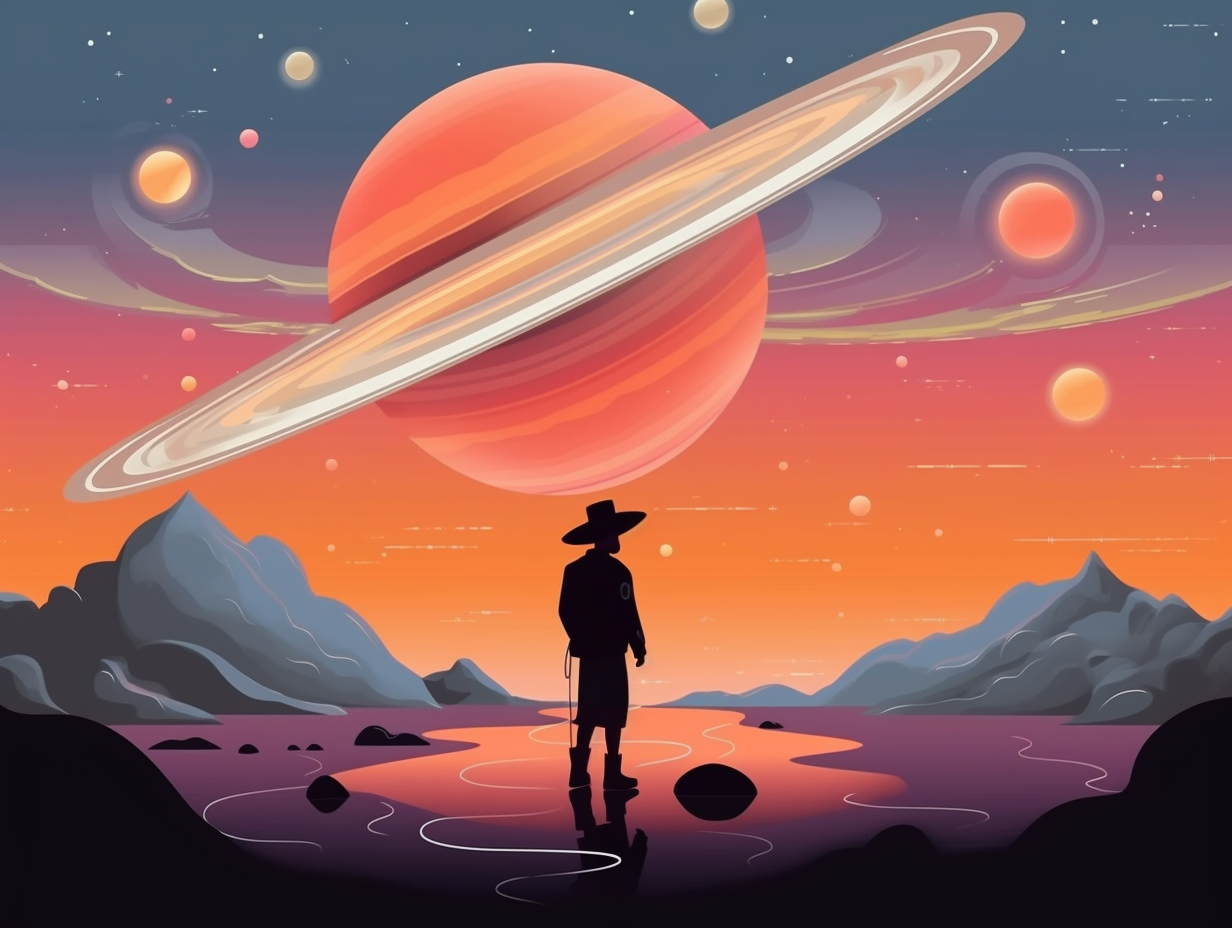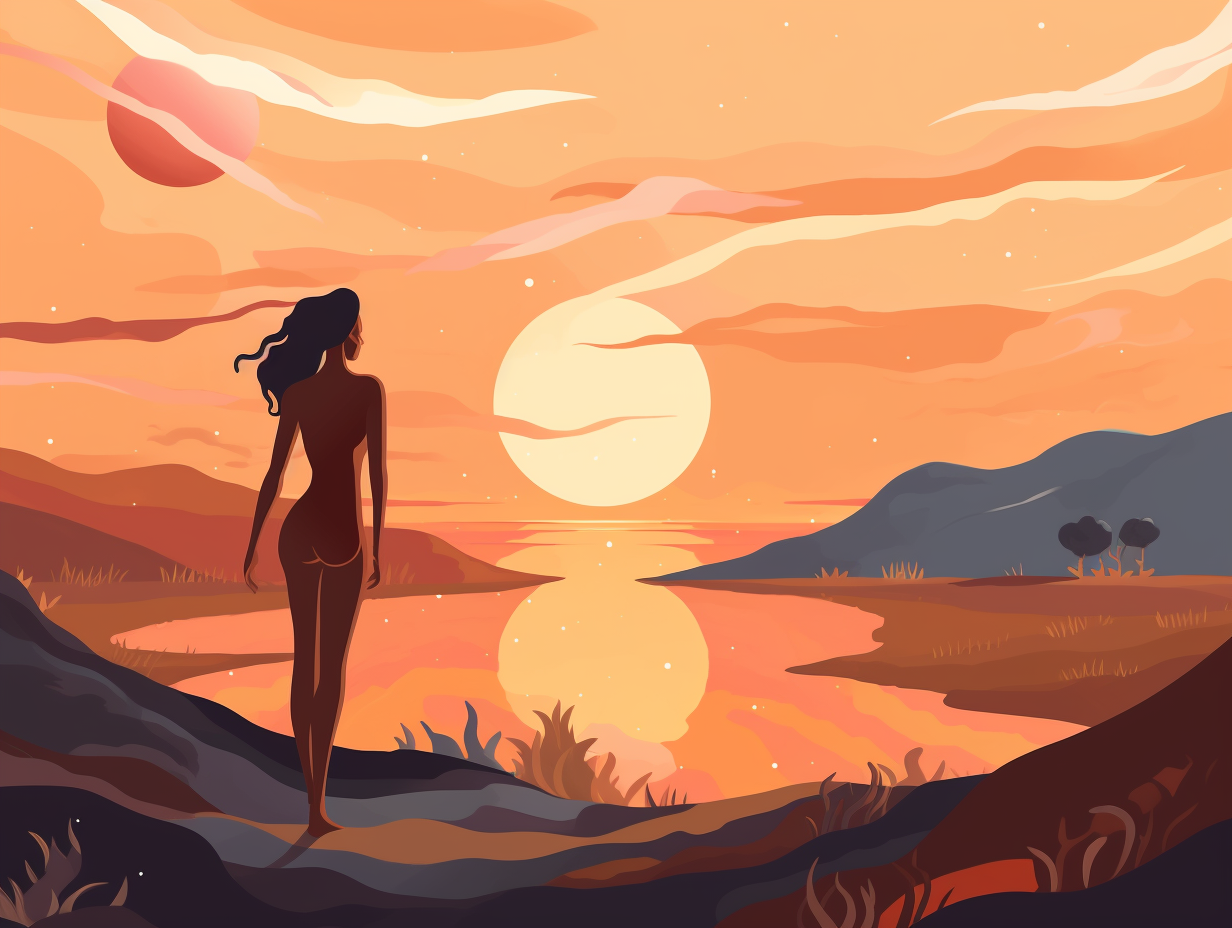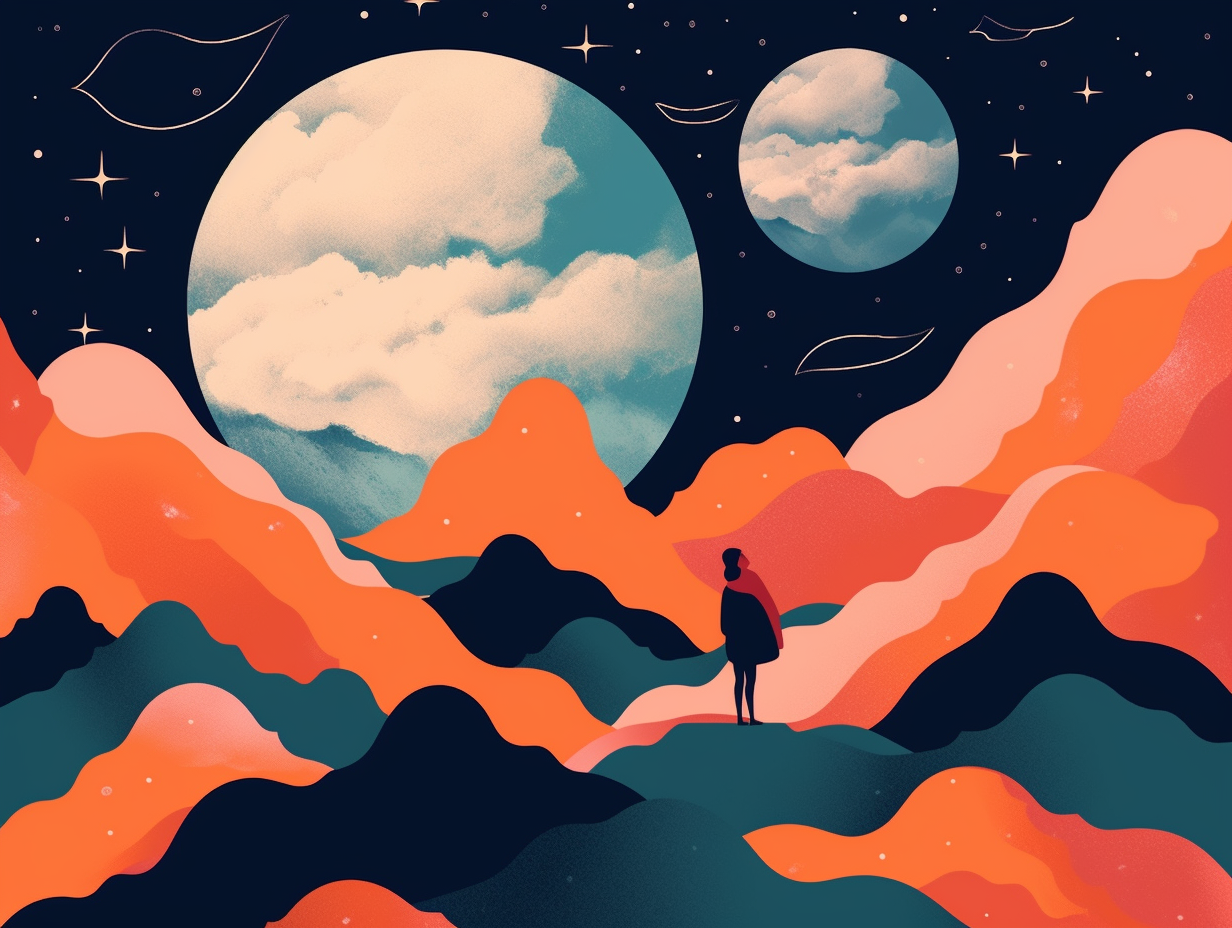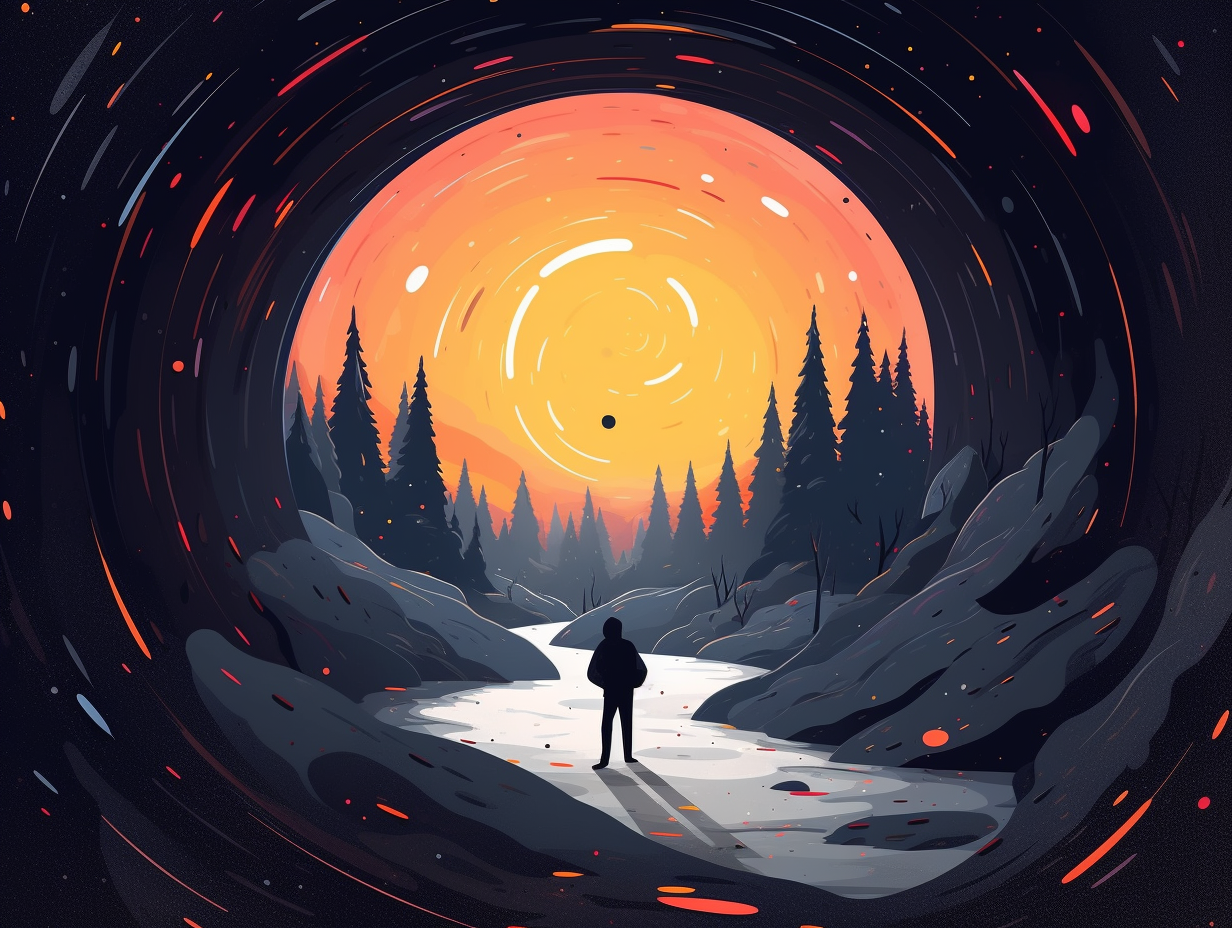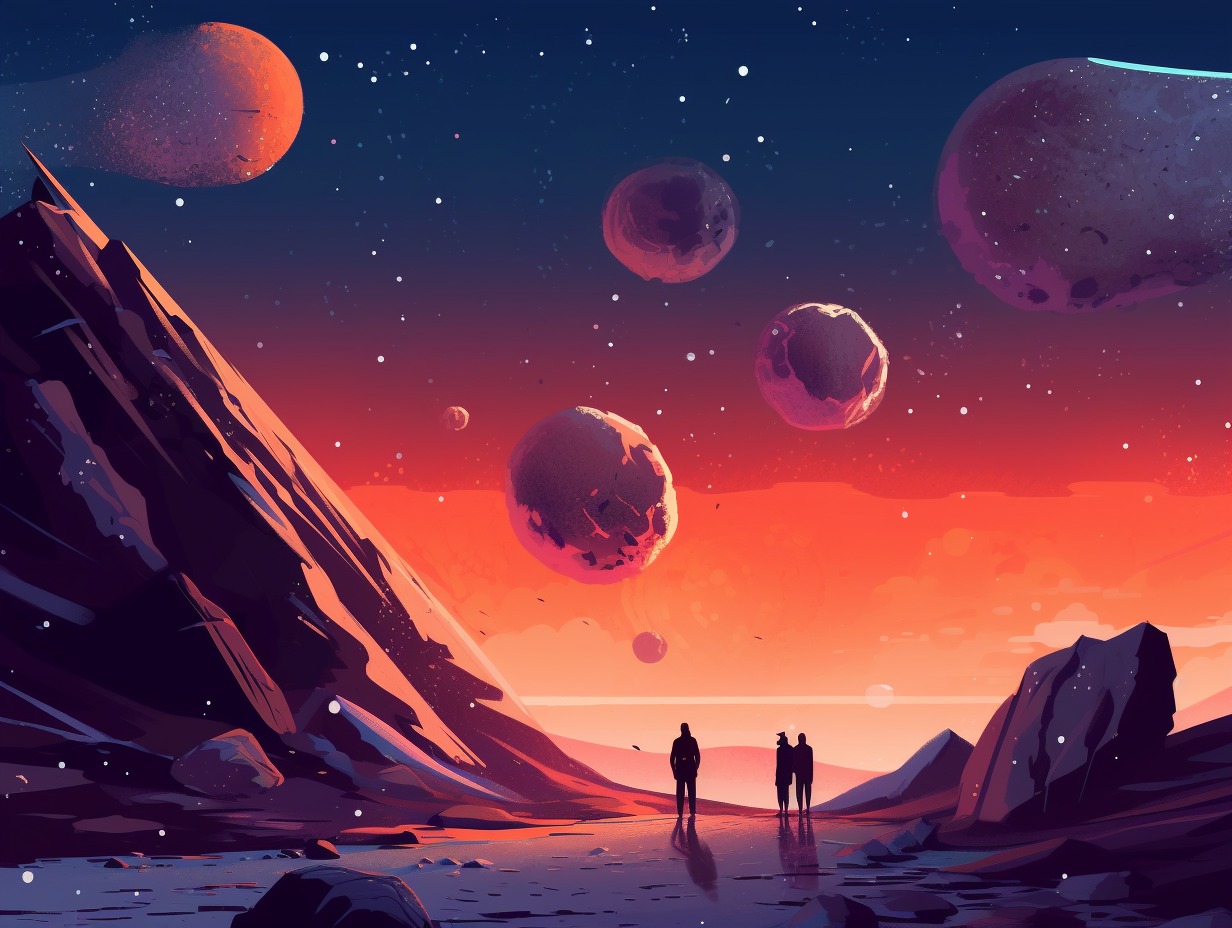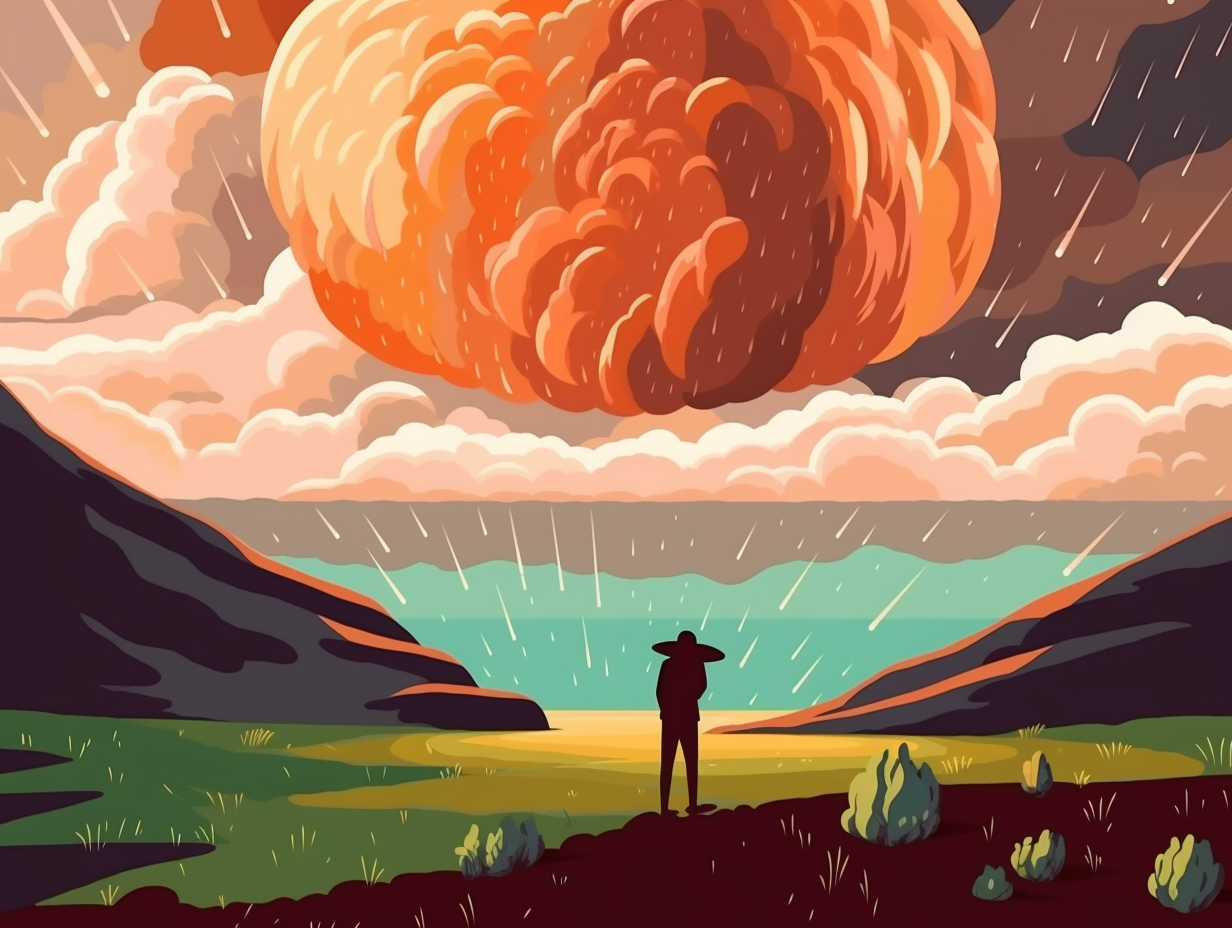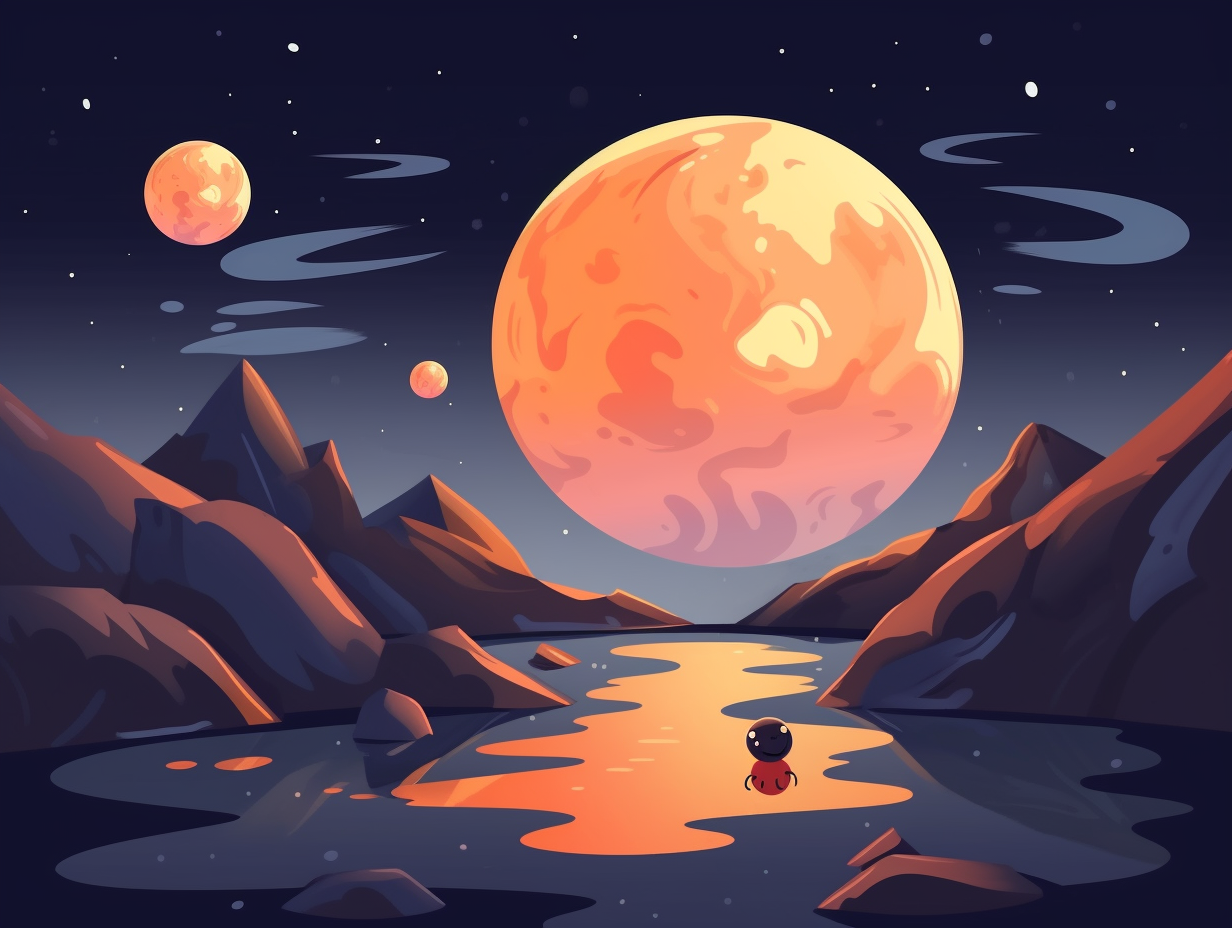Discover the Unexpected: Top 26 Fun and Fascinating Facts About Uranus!

1. Cosmic Breakdancer
Uranus is like that one friend who always takes flipping the bottle a bit too seriously, spinning along its own path like a cosmic breakdancer: This quirky gas giant's axis is tilted almost parallel to its orbit around the sun, causing seasons that last for decades, a fact attributed to a massive early-life collision.
Source => cnn.com
2. Tilted Hula Hoop
Uranus sure knows how to put a unique spin on things: it's tilted by a whopping 98 degrees thanks to multiple collisions during its early days, making it roll along its orbit like a cosmic hula hoop! The serious reveal: this bizarre tilt offers valuable insights into the formation and evolution of our solar system's giant planets.
Source => space.com

Did you know that Neptune was discovered through a cosmic game of hide and seek? 🌌🔍 Find out how mathematical predictions led to its reveal in 1846!
=> Fun Facts about Neptune
3. Eternal Teenage Seasons
If you think Earth's teenage years seem to last forever, you've never experienced Uranus: Each season on this fascinating planet stretches a whopping 21 Earth years, giving new meaning to "a long winter," thanks to its extreme tilted axis.
Source => earthsky.org
4. Social Distancing Magnetic Field
Uranus seems to have taken social distancing to heart: Its magnetic field is tilted, offset from the planet's center by about one third of its radius, and at an angle of 60 degrees from its rotation axis - all thanks to the planet's lack of a strong coupling between rotational and convective dynamo motions.
Source => astronomy.stackexchange.com
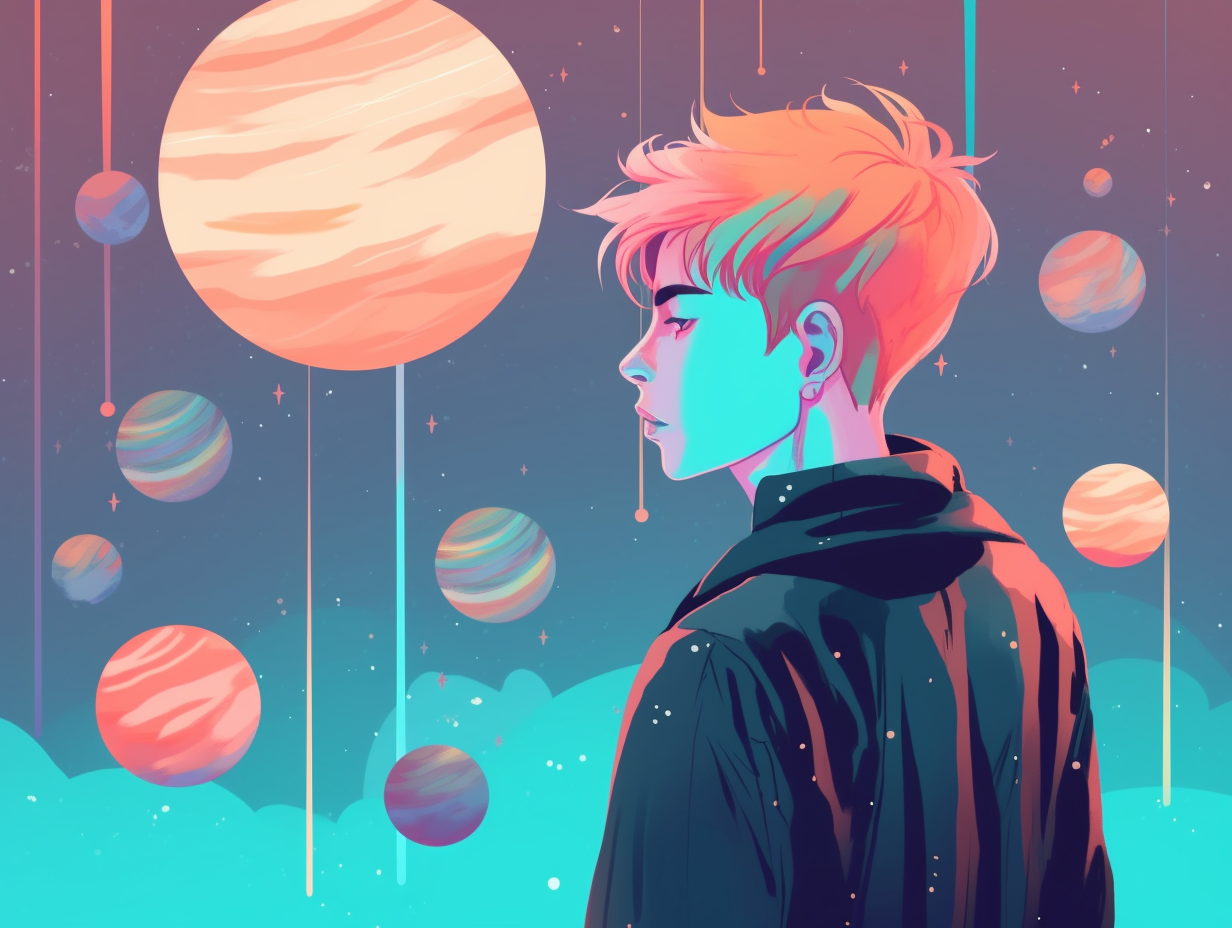
5. Wacky Hangover Tilt
Uranus must have partied a little too hard during its cosmic formation, because it ended up with one wacky hangover: The planet's axis is tilted at a whopping 98 degrees! This mind-bending tilt means that Uranus' poles practically lie in the plane of its orbit, in stark contrast to the more straight-laced planets in our solar system. While the scientific community continues to scratch their heads in search of the cause, Planet Uranus just keeps on leaning and spinning like a fun-loving celestial maverick.
Source => homework.study.com
6. Frosty's Cold Shoulder
Chilled to the bone and sporting a wicked case of goosebumps, even Frosty the Snowman would give Uranus the cold shoulder: Coldest place in our solar system, this icy outpost's lowest temperature dips to a teeth-chattering minus 371.56 degrees Fahrenheit (minus 224.2 degrees Celsius), leaving the average temp, a balmy minus 320 degrees Fahrenheit (-195 degrees Celsius), feeling practically feverish!
Source => space.com
7. Icy, Stylish Rings
In a celestial game of "Anything you can do, I can do better," Uranus whispers, "Hear me out!": Boasting 10 rings composed of ice and rock particles, Uranus may not outshine Saturn, but it still leaves Jupiter and Neptune's ring systems in cosmic dust, ever since astronomers had the eureka moment of its discovery back in 1977.
Source => schoolsobservatory.org
8. Chair-Leaning Champion
You know that friend who always leans a little too far back in their chair, leaving everyone on the edge of their seats? Uranus is like the cosmic version of them: It's the only planet in our solar system that rotates on its side with an axis tilted at a whopping 98 degrees, leading to 21-year-long "lean-back" seasons for those astronomical partygoers! This topsy-turvy tilt was first stumbled upon by Sir William Herschel in 1781, who aptly named the planet after the Greek god of the sky, clearly acknowledging its rebellious nature.
Source => space.com
9. Cosmic Klutz Magnetism
Uranus might be a bit of a cosmic klutz, constantly tumbling and fumbling through its celestial dance with solar wind like a tipsy Baryshnikov on ice: This planetary peculiarity is due to its magnetic field being off-centered and tilted 60 degrees from its axis, causing its magnetosphere to switch between open and closed states daily, and leading to spectacular auroras at various latitudes, making Uranus the universe's own disco ball.
Source => news.gatech.edu
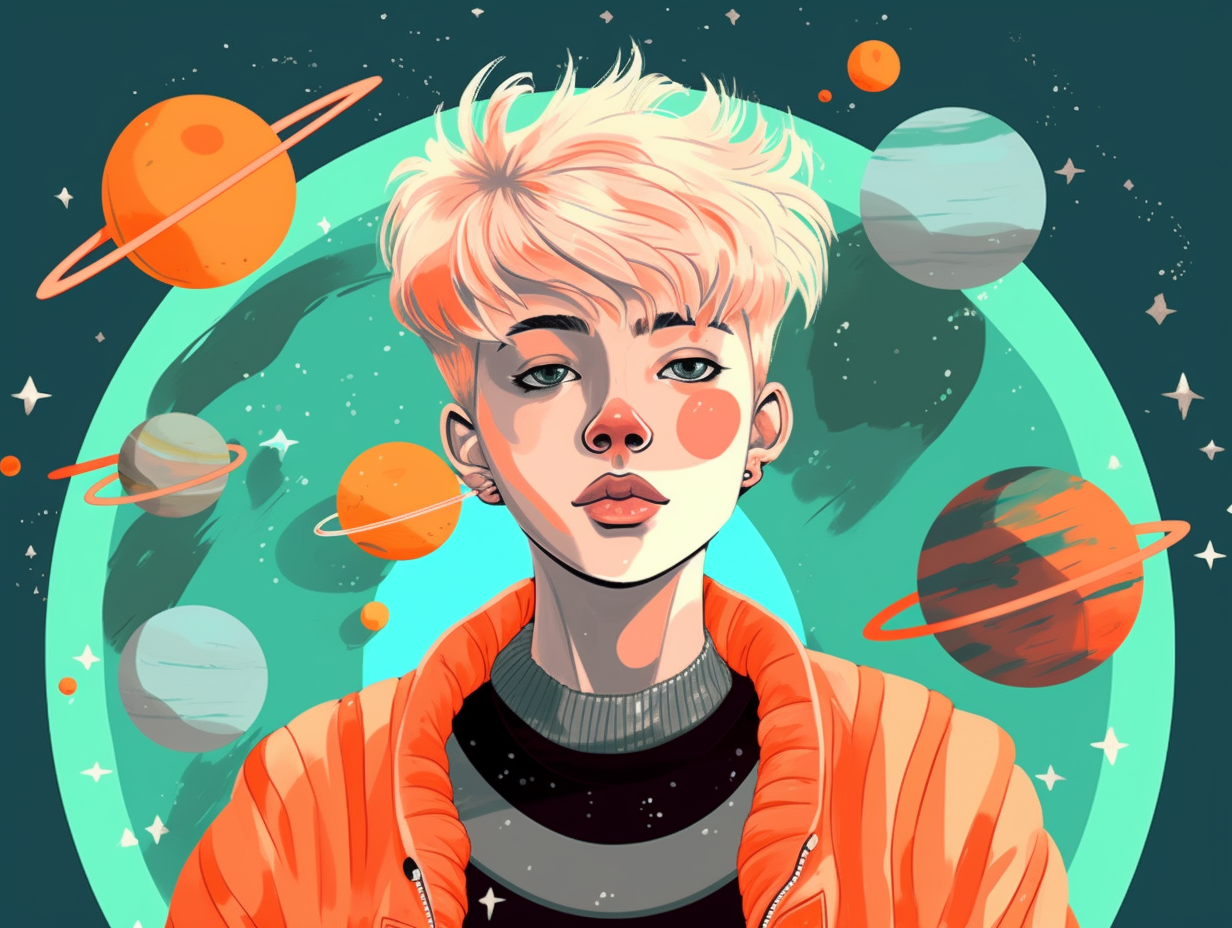
10. Dark Chocolate Moon
If Titania, Uranus' largest moon, were a dessert, it'd be a dark chocolate rocky road with a side of spicy salsa: The moon's surface is relatively dark, slightly red, sprinkled with massive impact craters up to 326 kilometers in diameter, and garnished with a generous helping of colossal canyons and scarps.
Source => en.wikipedia.org
11. Hardcore Limbo
A cosmic game of limbo, anyone? Uranus must be the reigning champion with its extraordinary dance moves: The seventh planet from the sun spins almost entirely on its side, causing each pole to endure 42 continuous years of darkness followed by 42 years of non-stop sunlight. Talk about extreme seasons!
Source => falmouth.k12.ma.us
12. Leaning, Spinning Maverick
Uranus, that jokester of the solar system, knows how to literally roll on the floor laughing! It's the Olympic breakdancer that amazed the galaxy by busting a move and rotating on its side: In actuality, Uranus has an extraordinary tilt of nearly 98 degrees. This peculiarity, unmatched by any other planet in our cosmic neighborhood, is thought to have resulted from a mammoth cosmic collision during the early days of Uranus's formation.
Source => universetoday.com
13. Funky Rotation Raves
While other planets are busy doing the cosmic salsa, Uranus breakdances its way through space, rolling on its side: With a 98-degree tilt in its axis of rotation, this groovy gas giant experiences 42 years of nonstop day parties followed by 42 years of persistent night raves as it orbits around the Sun.
Source => en.wikipedia.org
14. Wind Speed Champions
Next time you complain about the weather, consider Uranus: it's got winds faster than your favorite sports car. Earth's very own blue-haired sibling, Uranus, shows off its cool edginess through ice giant status and a penchant for pushing the speed limit: In fact, winds on Uranus can blow clouds up to 560 miles per hour (900 kilometers per hour), while winds on its fellow ice giant Neptune can reach up to 1,500 miles per hour (2,400 kilometers per hour), making them the fastest planetary winds yet detected in our solar system!
Source => space.com
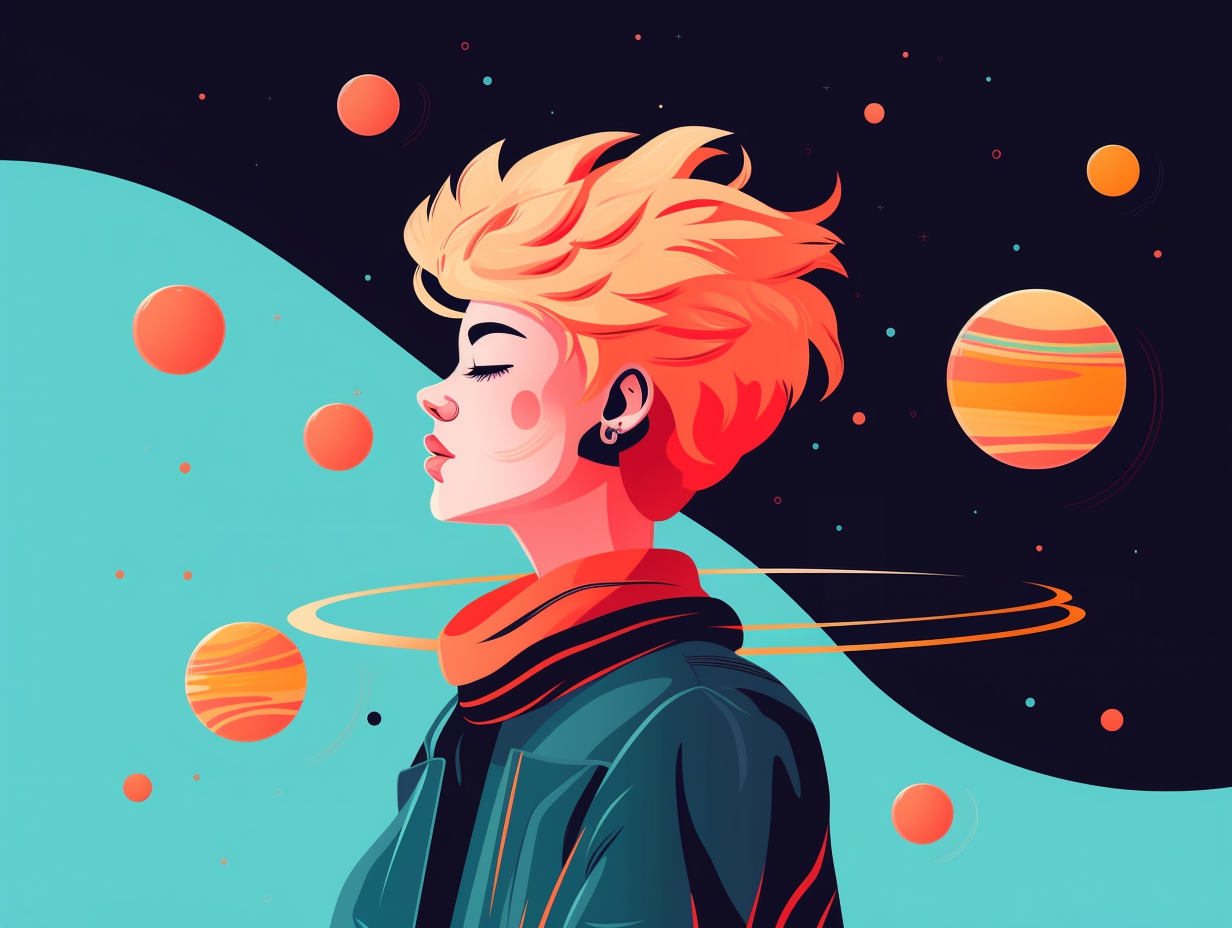
15. Planetary Limbo Champs
Party like a planet and shake your axis: Uranus rotates on its side with an axial tilt of 98 degrees, likely due to several collisions or the gravitational pull of a large moon that was knocked out of orbit.
Source => tech.hindustantimes.com
16. Disco Diva Light Show
Uranus might just be the most laid-back planet in the solar system, but not because it's lazy – it just loves to roll with its own unique style, getting horizontal and showing off its dazzling light show like a cosmic disco diva: Uranus' axis is tilted at an extreme 60-degree angle, so its captivating auroras occur at unconventional locations and only last for brief moments, unlike Earth's long-lasting auroras – all thanks to a prehistoric collision with a planet-sized party crasher.
Source => space.com
17. Uranus' Young, Stylish Rings
Uranus's got style, but they ain't from Tiffany's: Rather than featuring the dazzling, iconic blue jewelry boxes, this distant ice giant sports thirteen surprisingly young rings that were formed when a few moon-sized party crashers collided. Decked out in frozen water and radiation-processed organics, these disco-ready accessories were introduced to the cosmic fashion scene in 1977, and have been turning heads in the astronomical community ever since.
Source => en.wikipedia.org
18. Sparkly Diamond Rain
Next time you're feeling blue, just remember that Uranus can cheer you up with its potential for some sparkly precipitation: it's theorized that the high percentage of methane in Uranus' dense atmosphere may cause it to rain diamonds!
Source => kidsdiscover.com
19. Cliff Diving on Miranda
If you're an adrenaline junkie seeking an out-of-this-world cliff diving experience, look no further than Miranda, Uranus' daredevil-moon: Surpassing earthly extremes, Verona Rupes boasts the tallest cliff in our Solar System, a spine-tingling, 12-mile-high drop where, thanks to low gravity, thrill-seekers can free-fall at 200 km/h for a suspense-filled 12 minutes before living to tell the cosmic tale!
Source => en.wikipedia.org
20. Horizontal Boogie
Who tilted Uncle Uranus? This celestial prankster decided to ditch the planetary dance and boogie on its side instead: In an astronomical twist, Uranus rotates horizontally, with its poles almost facing the sun, making it the only planet in our solar system to defy the typical top-like spin.
Source => sciencemuseum.org.uk
21. Playing Telescope Hide and Seek
Feeling a bit 'telescope'idious, are we? Uranus just couldn't resist playing hide and seek with the naked eye, but it turns out, it wasn't the sole planetary hider: Uranus was the first planet to be discovered using a telescope, and it was soon revealed that all planets beyond Saturn share this affinity for telescope-required hideouts.
Source => sciencemuseum.org.uk
22. In-built Ring System
When Uranus needs a little bling, it doesn't head to the jewelry store; it's got a built-in ring system of its own: Discovered in 1977 by astronomers aboard the Kuiper Airborne Observatory, Uranus' complex set of rings made it the second known ringed planet in our solar system, after Saturn, with Voyager 2 capturing the glamour shots in 1986 as it flew past, taking thousands of images and collecting invaluable data on Uranus' moons, atmosphere, and even its magnetic environment.
Source => earthsky.org
23. Oddball Magnetic Uncle
Uranus is like that oddball uncle at family reunions who spins around chaotically with a wonky compass, taking everyone on a wild magnetic ride: Its magnetic field is tilted at a striking 59 degrees from the planet's axis of rotation and varies in strength up to 10 times, making it the most unconventional magnetic field in our solar system, as discovered by Voyager 2 in 1986.
Source => earthsky.org
24. Swanky Ice Giants
"Move over, gas giants – the ice giants are chilling in the solar system, too": Uranus and Neptune are classified as ice giants due to their composition of heavier elements like oxygen, carbon, nitrogen, and sulfur, with relatively thin hydrogen and helium shells and mantles made of slushy water and ammonia.
Source => astronomy.com
25. Icy Resting Face
Brrr, someone better tell Uranus it's got icy resting face! Escaping the coldest side-eye in the solar system isn't easy when you're tilted at a record-breaking 97.77 degrees: Uranus is freezing cold with an average temperature of minus 320 degrees Fahrenheit, but still manages to get beaten by Neptune for the 'coldest planet' title.
Source => space.com
26. Werewolf Moon Convention
Uranus has more moons than a werewolf convention: Boasting 27 known satellites in its celestial entourage, this ice giant's largest groupie is Titania, whose size is half that of our moon. But don't let the cool composition fool you, Uranus is the Solar System's third largest gas-holding rock star, with a diameter of 31,765 miles or 51,118 kilometers - and an Earth-swallowing volume 63 times that of our humble abode!
Source => coolcosmos.ipac.caltech.edu
Related Fun Facts

